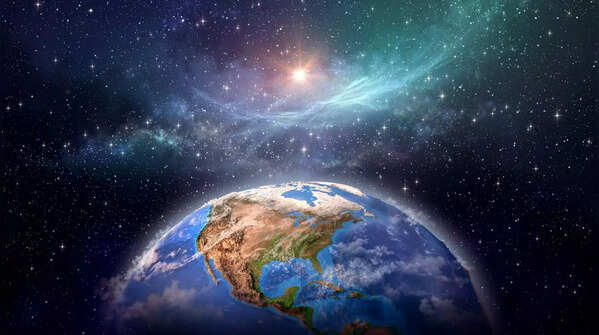
1/7
April’s cosmic calendar: 6 must-see celestial events this month!
April is here, and it’s a big month for stargazers. From meteor showers to rare planetary alignments, the night sky will be full of activity. Whether you’re an experienced astronomer or just curious about what’s above, there’s plenty to see! Here’s what to watch for in the weeks ahead.
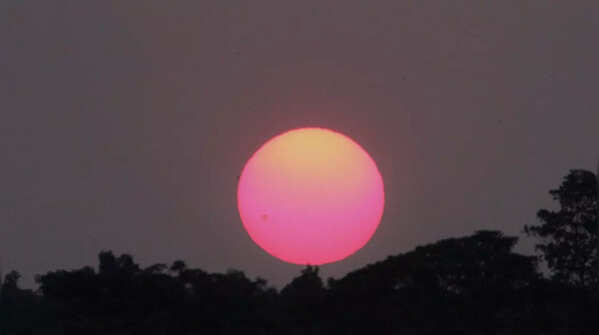
2/7
Micro Pink Moon
According to Forbes, April 12 marks the arrival of the Pink Moon, a full moon with a name that might be misleading. Despite what it suggests, the moon won’t actually turn pink– it’s named after the wildflowers that bloom around this time of year. But there’s more to this full moon than just its name. This year, it will also be a Micro Moon, meaning it will appear slightly smaller than usual as it reaches its farthest point from Earth. Even at a greater distance, it will still cast a bright and serene glow across the night sky.
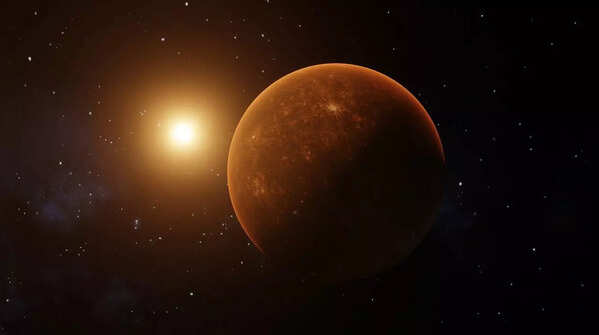
3/7
Mercury at its best
If you're up early on April 21, you’ll have a rare chance to spot Mercury, according to Money Control. The planet will reach its farthest point from the Sun, making it one of the best times to see it. Usually hard to spot, Mercury will appear low on the eastern horizon just before sunrise. It won’t be visible for long, so early risers won’t want to miss it.
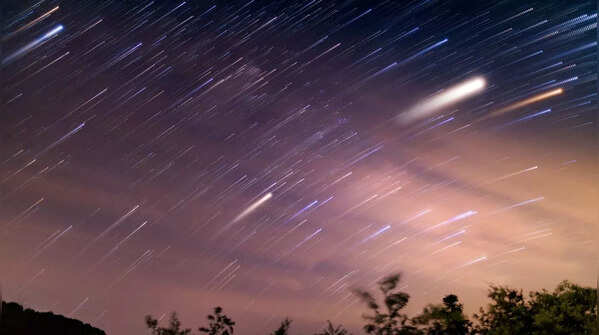
4/7
Lyrid Meteor Shower
As per online sources, the Lyrid Meteor Shower will light up the night sky on April 22-23, with up to 20 meteors per hour visible under clear conditions. The best time to watch is after midnight, with meteors appearing near the Lyra constellation. Known for their bright, fast streaks, the Lyrids offer a breathtaking display and a chance to witness the beauty of the night sky.
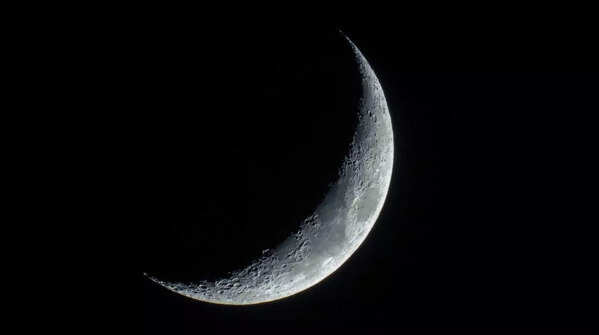
5/7
Earthshine mornings
Ever noticed a beautiful soft glow on the dark side of the crescent Moon? That’s Earthshine– sunlight reflecting off Earth and faintly lighting up the Moon’s shadowed side. As per Money Control, on April 23-24, this subtle but beautiful phenomenon will be visible in the early morning hours. It gives the Moon a dim and dreamlike glow, making for a quiet but stunning sight in the pre-dawn sky.
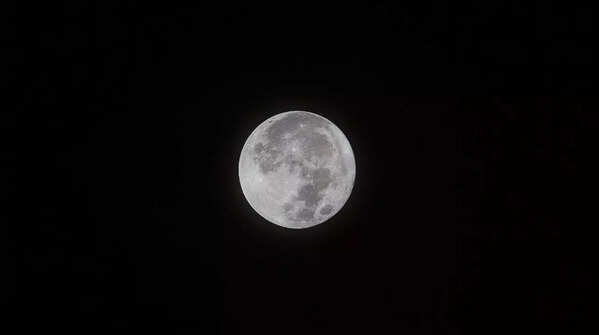
6/7
Super New Moon
As per online sources, on April 27, the Super New Moon will take place, marking a time when the Moon is closest to Earth. While the new moon itself won’t be visible, its absence makes for ideal stargazing conditions. With no moonlight to interfere, it’s a great chance to spot distant stars, galaxies, and nebulae. For astrophotographers, this is the perfect time to capture stunning images of the dark sky.
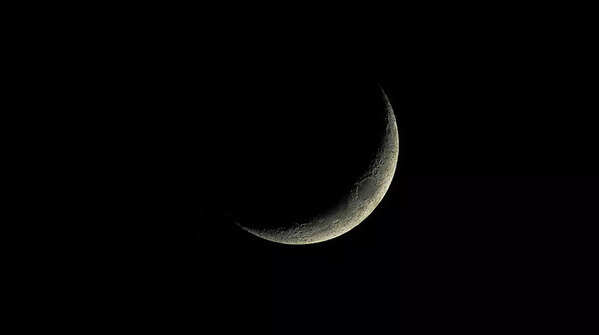
7/7
Earthshine nights
As April comes to an end, the Moon will put on another subtle show of Earthshine, this time during its Waxing Crescent phase. According to Money Control, from April 30 to May 1, sunlight reflecting off the Earth will softly illuminate the Moon’s shadowed side, creating a faint yet beautiful glow.
FOLLOW US ON SOCIAL MEDIA

 3 months ago
118
3 months ago
118




























 English (US)
English (US)